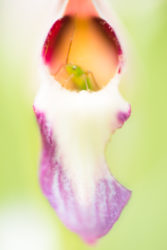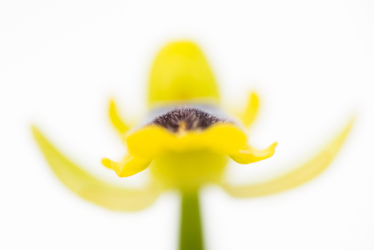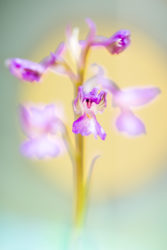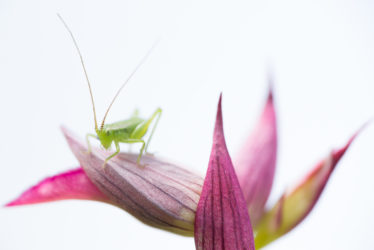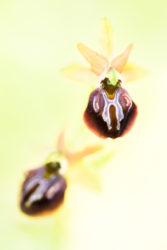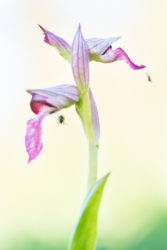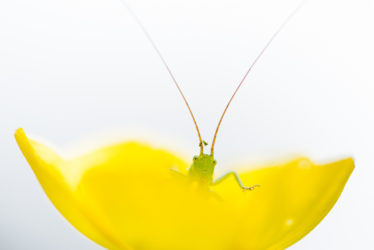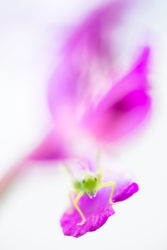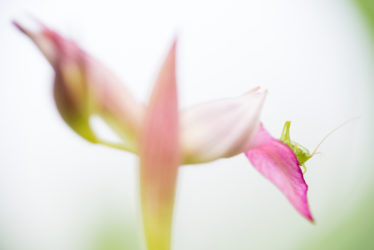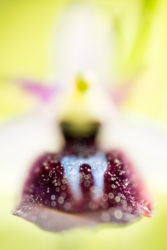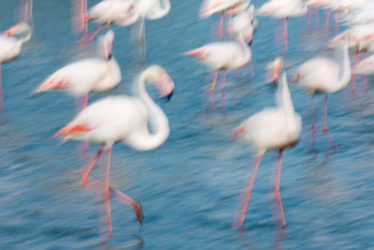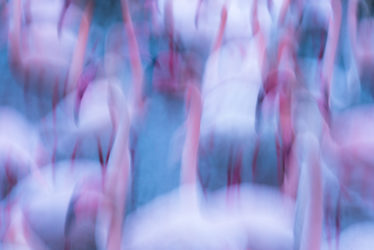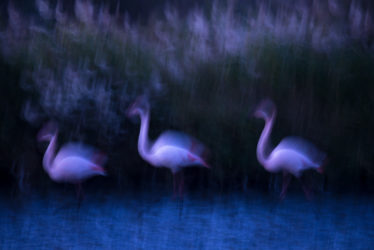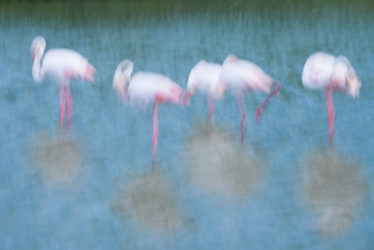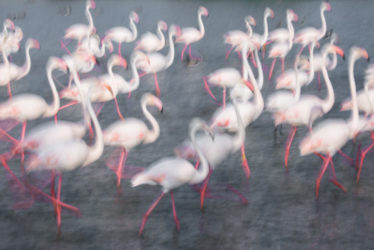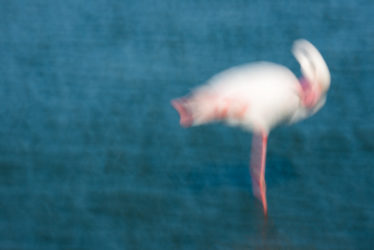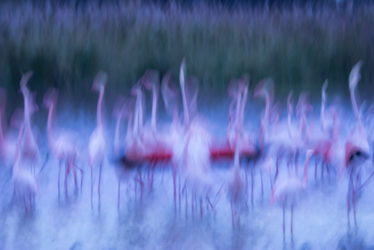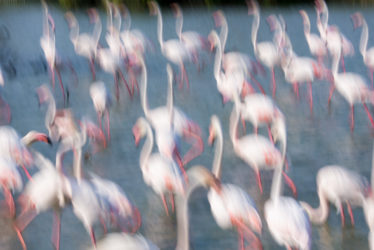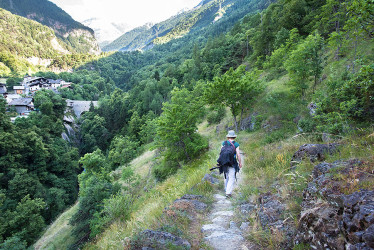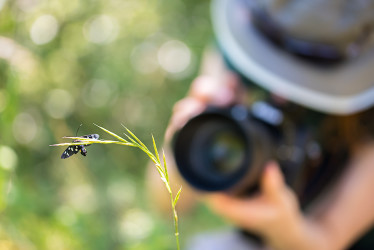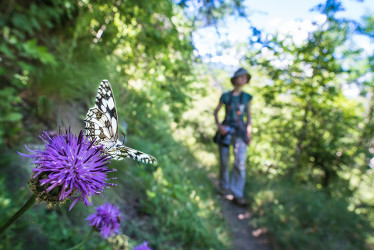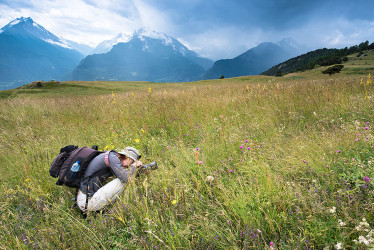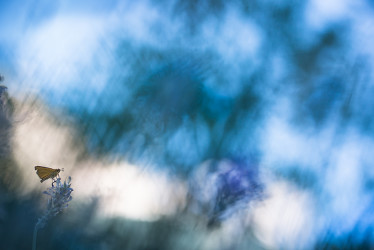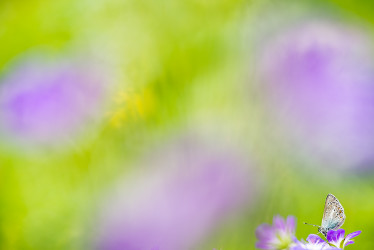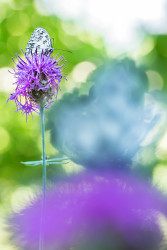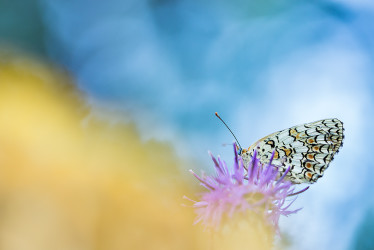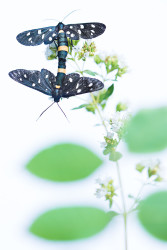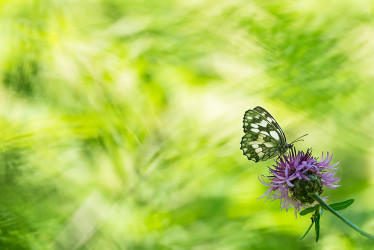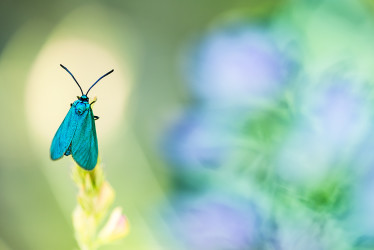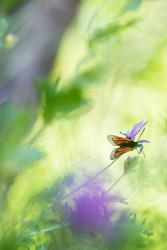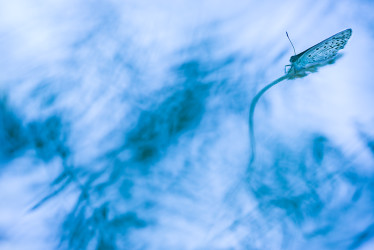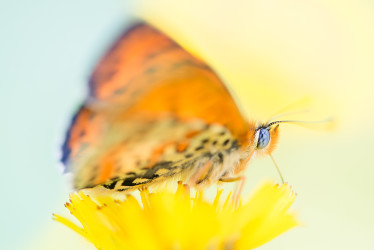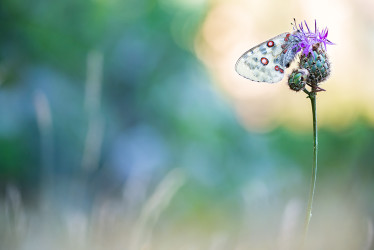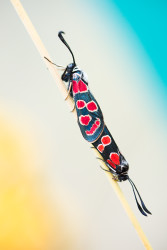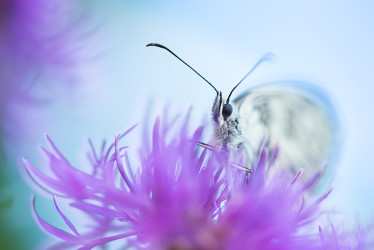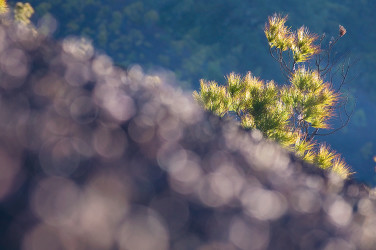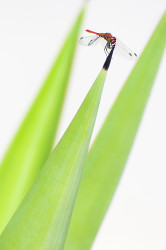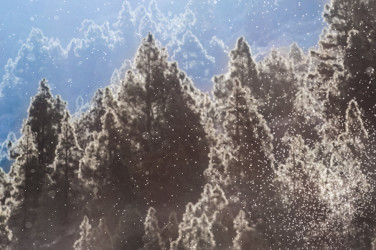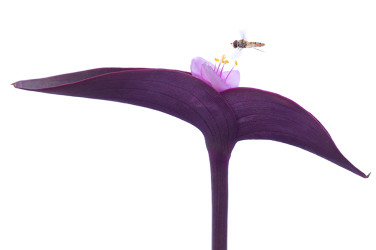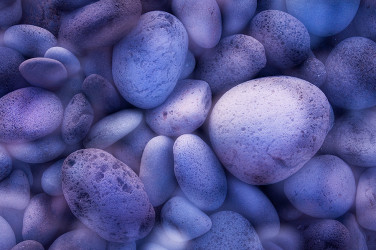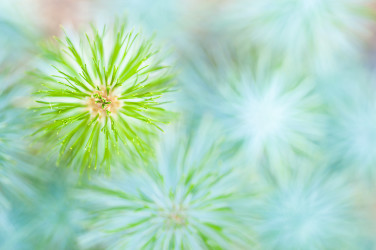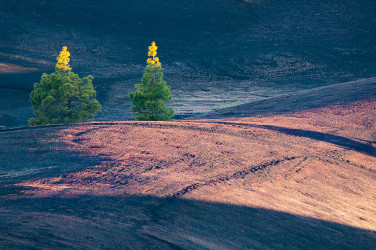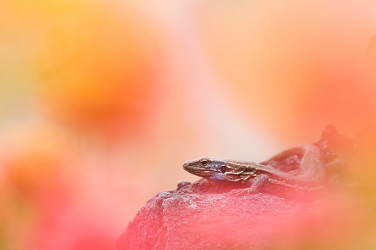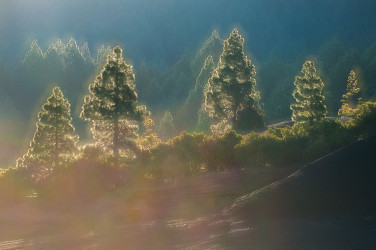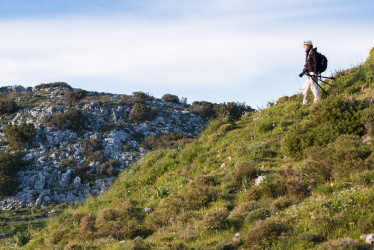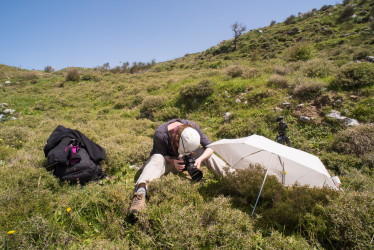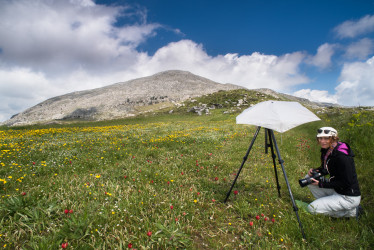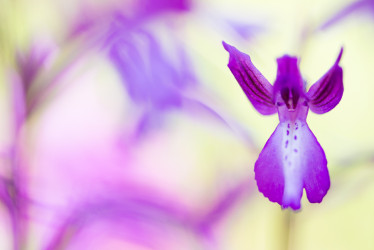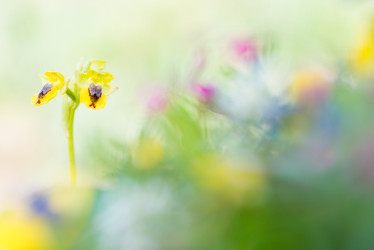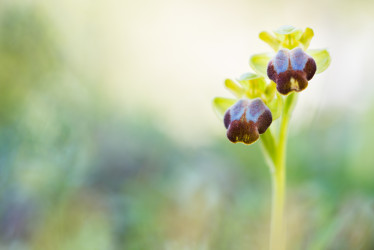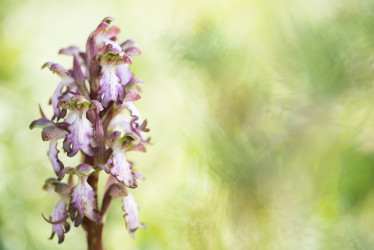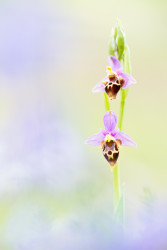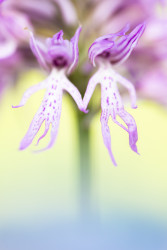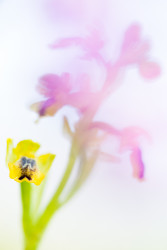-
Recent
Categories
Archives
Category Archives: Photo trips
Corfu
Just to let you know that I have not completely abandoned my macro subjects ( maybe you remember my last post of the flamingos), I’d like to share with you some relatively recent shots from Corfu. Edwin and I visited this Greek island in April of this year. Our main photographic goal here were the ‘orchids’. Now… as with many things in life, once arrived we soon realized we had to adjust this goal. Turned out there were almost no orchids to be found… Even in one of the orchid ‘hotspots’, the cemetery in the capital Corfu, the present orchids could be counted on one hand… We heard from visitors that it had been a long and cold winter with even snowfall, a rare happening on Corfu.
So… OK… bad luck I guess… But hey it was our holiday so no grieving allowed! While treasuring every orchid we encountered we also opened our mind for other photographic opportunities. For example we discovered a lot of tiny grasshoppers in the flowers. Probably due to the low temperatures they were very good approachable. Ideal to use my new macro conversion lens which made it possible to focus very close. At least… I thought so… Now I do have to warn you: DO NOT TRY THIS AT HOME! Unless you like to torture yourself with hundreds of failed photos which are out of focus of course… The very tiny depth of sharpness almost made it impossible to take any decent pictures, that is in the field without a tripod. Now I am persistent so I kept using it during our stay but I seriously doubt whether I’ll ever use it again. In the end most successful photos were taken with the sharpness not in the most nearby area, so I might just as well have taken the pictures without the extra macro lens.
Nevertheless luckily there are some shots which I am satisfied with!
Flamingos
Chances are big you are visiting my blog because you want to see some astonishing new macro pictures… 😉 Sorry, not this time no!
Still with me now? Great! Let me tickle you with something completely different. With another subject and another approach. No macro lens used, instead a télé lens. No large lens apertures, instead very small ones. No decent manageable shutter speeds, instead very slow ones. No tripod, instead a constantly moving camera.
I’m guessing you’ve scrolled down by now to see what I’m talking about. Although the shown pictures are blurry, moved or out of focus, you have surely detected my subject: the Flamingos… I have visited these graceful and impressive birds in the Camargue (south of France) twice now, once in autumn and once in spring. Both times were amazing. Although I did take ‘normal’ pictures I felt more need to take ‘other’ pictures. Pictures that speak to my imagination, pictures that move me, pictures that appeal to my feelings. The Flamingos with their soft colors, their majestic shapes, their ballerina like movements were just ideal for these kind of pictures. They extremely impressed me and observing them they challenged me to make ‘other’ pictures than I’m used to.
Just sharing some pictures with you now. Hoping to challenge you too!…
Butterflies of Aosta Valley
After having dedicated our holiday of last year to the orchids in Crete, Edwin and I figured this year it was time for a more ‘vivid’ photo subject. Our search for a new challenge brought us to the butterflies in the Aosta valley of Italy.
First some facts. Now I am not fond of facts, but a little voice inside my head tells me you want to know all about them. The Aosta valley (Valle d’Aosta in Italian) covers around 3300 km² and is an autonomous region in the northeast of Italy. It is mountainous and surrounded by the highest tops of the Alps. In the northwest the valley is adjacent to the French-Italian Mont Blanc (4808 meters), the highest mountain of the Alps. The south side of the valley is formed by the oldest national park of Italy, Gran Paradiso. The highest mountain of this national park is Gran Paradiso with an altitude of 4061 meters. The capitol of the Aosta Valley is the old Roman city Aosta with around 35.000 inhabitants.
So… why the Aosta Valley? Lots of research (mainly by Edwin, yes all credits go to him) showed the Aosta valley is one of the best hot spots for butterflies within Europe. Apparently the moist area with its various heights and vegetation has a positive effect on the amount and variety of butterflies.
We stayed in three star hotel Panoramique (Sarre), which is 4 kilometers away from Aosta, arriving the 27th of June and leaving the 8th of July. The hotel is located on one of the mountainsides of the valley and has a magnificent view over the Aosta valley. It offers free covered parking. What I already assumed the day we arrived was later confirmed by the lady boss of the hotel: we had the best room of the hotel. It was a spacious and tidy room with a a small open upstairs which was reached by a tiny spiral staircase. The very best thing of the room was the wide balcony with a roof that provided a real breathtaking view over the Aosta valley. Since this room was the only one on the (highest) second floor, there were no side balconies and therefore lots of privacy. Breakfast was not excessive but good. Diner was delicious and because of its 4 courses it was much. The staff was all very friendly and helpful. We had a very pleasant stay and I can only highly recommend hotel Panoramique. When you consider to book this hotel, just try and ask if room 211 is available, it will surely not disappoint you.
Well, those were the facts. Time to move on to the fun part, the butterflies…
First thing of course: you have to find them. Now this was not always easy. So with the fun there comes the trouble… 😉 The whole area was new for us and it was big. Where to start? The internet didn’t really help us much. A friendly nature photographer, Hannie Joziasse, gave us beforehand some real useful locations though. Many thanks go to her. We visited several of these places and just walked into the mountain pastures to look for butterflies. Some places were good, others were not. Already on our first day trip we discovered a real nice place. Later on during our holiday this location turned out to become by far our favorite one. It was the butterfly reserve in the Cogne valley, about 25 minutes driving from our hotel. To reach the reserve is like walking through another time. From the parking lot near Pont d’Aell you walk through this small and semi abandoned village. There is only one logical way and it leads to the old Roman aqueduct (3 years BC) that crosses the river Gran Eyvia. After crossing the aqueduct you enter the Cogne valley and the butterfly reserve. Here you have to watch your feet, because you might accidentally step on one of the many many butterflies… This was true heaven for us. Butterflies everywhere.
Another real good spot was the oldest natural park of Italy, Gran Paradiso. We discovered this area very late during our holiday though. We would have visited it more if we had seen it earlier. A beautiful ascending one hour drive from our hotel brought us to a nice starting point in the hamlet Pont in the Valsavaranche valley. After passing some strange abandoned houses with a gloomy character the road ends and nature begins. Here is among others a big parking lot and a camping. Lots of sporty types over there doing all kinds of sporty activities such as walking, climbing, rafting etc… For us the entire nature surrounding was overwhelming and as a dessert there were the butterflies.
All pictures above taken by Edwin.
So in the end we had two good butterfly spots. Two was good enough for us. Needless to say the less variety you have in areas, the less variety you have in butterfly species. But luckily we are no species hunters, we are image hunters.
So all right, we have found some butterflies. Finally there comes the most fun part, the actual photographing of them. This was surely easier said than done. I think I beforehand underestimated this part of the fun. Without talking about it we agreed that the early morning sessions (like we are used to at home in the Netherlands) were no option. After all this was our holiday, and not some sort of a punitive expedition… We never underestimate our early risings because they eventually are strenuous and influence the whole day yet to come. We would like to come out of our holiday happy and relaxed and surely not broken and exhausted. So most photo shoots were made during daytime and only some of them during the afternoon. Again none of them during the early morning hours. This had a huge impact not only on the approach of the butterflies, but also on the final result of the pictures. To approach them we had to search for shady spots or wait till the sun was behind the clouds. It was absolute ‘not done’ for us to take pictures of the butterflies in the bright sun. This only gives harsh contrasts and will destroy all colors. Besides when the butterflies are sitting in direct sunlight, they are most of the time too active to take any decent picture of at all. When sitting in the shadow or when it’s cloudy, they are far more easier to approach. Therefore another reason for us to avoid taking pictures of butterflies in the direct sunlight.
Summarizing I would say the photographing of the butterflies was besides very much fun above all different, and not so much more difficult than how I am used to do over here in the Netherlands. This is a positive thing since I am convinced that a change once in a while is good and keeps me sharp. All in all everything was great and I am very grateful to have had this unforgettable butterfly holiday together with Edwin.
Still a little bit in shock about this one thing though. At the end of our holiday one of the kind ladies of the hotel restaurant told us with a sense of shame that she was suffering from a butterfly phobia. How in heaven’s name it is possible that someone who is living in one of the butterfly hotspots of Europe is deeply terrified of butterflies???
Many thanks go to Paulus Schotten for the determination of the butterflies.
La Palma
Winter time. I have this love-hate affair with it. I hate the cold. Also my favorite photo subjects are gone. There are these rare moments in the morning when there has been frost during the past night and sunrise is colored with a beautiful orange purple haze. Then I get this fidgety feeling. I should be out there right now with my macro lens. I should finally be making this long desired atmospheric winter picture. But it hasn’t happened till now.
Luckily there is also the positive side of winter. It is the perfect time to edit my pictures. With so many subjects and trips/holidays behind me lots of pictures still were unedited. This is of course a shame. What’s the use of shooting when there is no editing afterwards. So… I have started catching up with it, and it has payed off. I have edited four holidays: Madeira, Fuerteventura, Costa Rica, and La Palma. I feel at ease now and also I have relived my holidays which was great fun.
La Palma was the destination the longest ago, it dates back from May 2012. Maybe therefore I now was most surprised by its images. It was my second visit to this beautiful Canary island. My first visit was back in 2005, it was still in the analog era. It is striking how the subjects and pictures differ from each other. I am convinced that when I go back there in say 10 years the result will again be totally different. It is of course not the country that changes, it is me. And that’s one of the things that so intriguing about photography.
I would like to show you some (for me) typical La Palma images. You’ll notice they are not all macro pictures. Although I shot macros, I was also very impressed by the ‘big’ nature and volcanic landscape of La Palma. See for yourself.
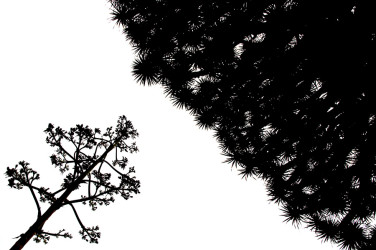
Abstract view of two characteristic plants on La Palma: the Agave and the Canary Islands Dragon Tree
Crete and its orchids
During our search for orchid areas Edwin and I ended up in Crete. This Greek island, which is famous for its sunny beach resorts in the north, turned out to be one of the hotspots for orchids within Europe. Far away from the touristic north side, in the central limestone mountain area, there is the plateau of Gious Kambos. This plateau is located on the western edge of Psiloritis (also called Idi) which is with 2456 meters the highest mountain of Crete. The tops of the Psiloritis are often covered with snow until the end of the spring. The area is situated near the Amari valley, about 31 kilometers south of Rethymno. It is a small but very special plateau, which is full of flowers and orchids in the spring. In fact, these famous so called ‘Spili bumps’ (one of the nearest villages is called Spili), contain about 30 different species of orchids. This is pretty much seen the fact that in entire Crete there are about 67 different species of orchids, of which 9 percent is endemic. The nature of Crete’s plant life with its many endemic species can be explained by its relative isolation as it broke away from the mainland Greece more than 5 million years ago. Also its mountainous nature creates many isolated habitats which are hardly touched by modern life and development.
The residents of Crete are fond of their flowers and orchids. Every year on the 1st of May, it is May Day. During this national holiday in Greece and Crete, it is a tradition for families to go out into the countryside and pick flowers. These flowers are made into a wreath which is then hung on the outside of their houses until 24th of June. It is believed to ward off evil spirits and to bring good luck. Cars, buses, fishing boats and taxis are also adorned with flower wreaths on this day.
Edwin and I stayed in Crete for the second part of April. The perfect time for spotting and photographing the orchids. It turned out we were very lucky, because only 2 weeks before our arrival the mountains were still covered with a layer of snow. Buses full of botanical enthusiasts came too early, what a pity. Now the locals were very happy that finally the weather had changed and spring with its higher temperatures had arrived. So were we! I can not image my disappointment when arriving at a snowy orchid destination.
Now for those of you who are very observant, you might see I was not photographing orchids in the last photo. It were the tulips (Tulipa doerfleri, very rare) that got my attention. Fact is of course, where there are orchids, there are also other flowers. I did not mind, on the contrary. The more flowers, the better. Orchids ore no orchids. I am no botanical enthusiast, I am an image enthusiast. Still, I have decided for now to show you only orchid pictures. Hoping to give you a look into a clearly defined topic. And although the names of the orchids have no priority for me at this moment, might someone of you know the names of the orchids shown, and feel the need to inform me about them, feel free! I am sure I will be very happy with the names at a later stage.

